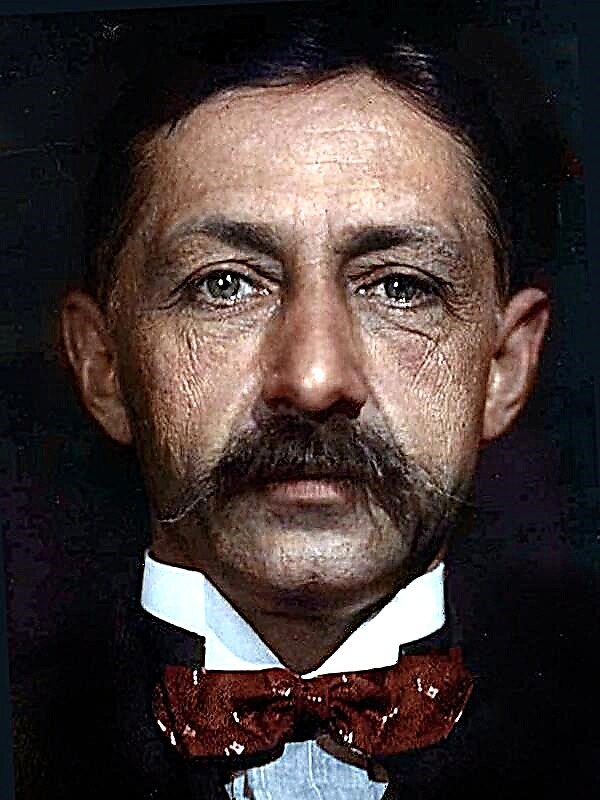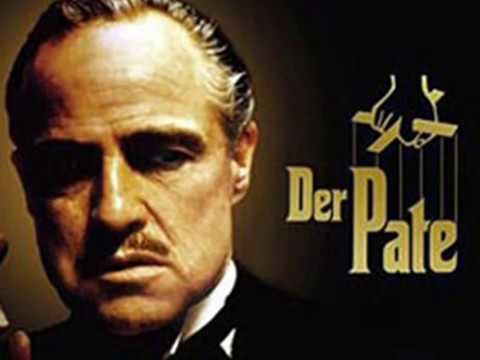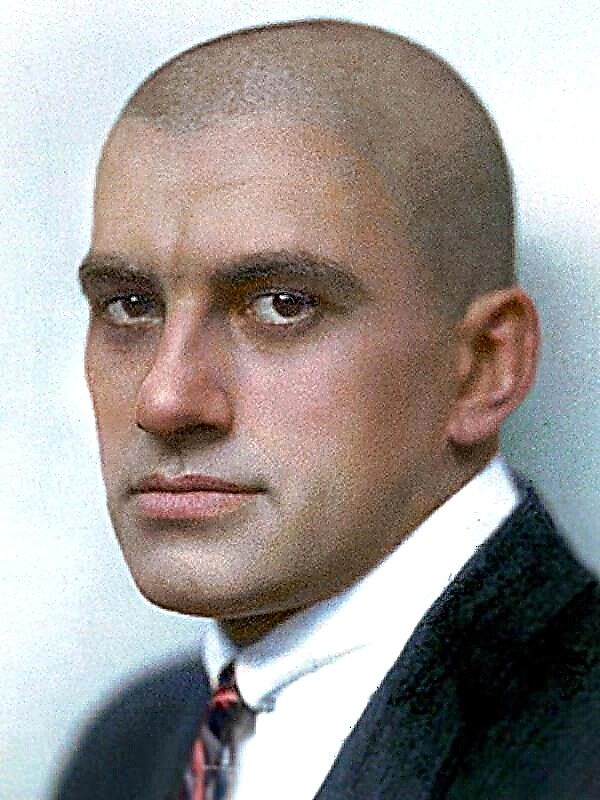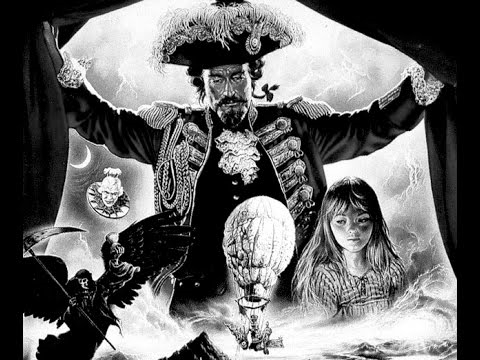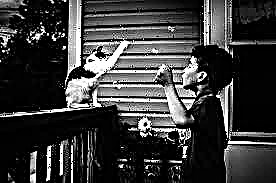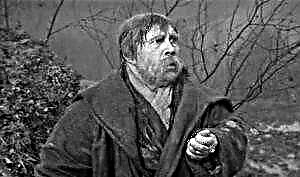The poem “In everything I want to go ...” is an example of the philosophical lyrics of Boris Pasternak. In this work, the poet tries to identify himself and find a formula expressing his inner self. This work is a kind of manifesto, which has taken center stage in the collection “When Walking Around”.
History of creation
The work “In All I Want to Reach ...” was written in 1956. The book, which included this poem, was published only after the death of the author - in 1961.
This work was created in a difficult period, when Pasternak’s personality was perceived ambiguously. He was accused of avoiding a common unified ideology and carefully searched for anti-Soviet intonations in the lines. The 1958 Nobel Prize greatly enhanced baiting. In fact, the poetic opuses were the only chance to express a secret and painful feeling of longing.
Genre, direction and size
As already noted, the poem refers to philosophical lyrics. It is hardly possible to attribute this work to a certain direction. After analyzing the individual means of artistic expression, we can conclude that there are traits of acmeism, because things are called by their proper names, and the main feature is semantic uniqueness and accuracy. Even in the first stanza, denoting that the lyrical hero “wants to get to the bottom of everything”, the concept of “everything” is further revealed: “In work, in search of a way, / in heart trouble ...”. In this poem there are no metaphysical abstractions and carefully verified musicality inherent in symbolism, as well as the zaumi and hyperbolization, which representatives of futurism often resorted to. Pasternak in a certain period of creativity belonged to the Centrifuge organization and in his later verses the main idea of their manifesto is also noticeable: to exalt art, turning it into something eternal. However, it seems to me, if we consider a specific poem, then in its aphoristic simplicity it is precisely acmeistic intonation that can be found.
The rhythmic pattern “In everything I want to go ...” is created by the alternation of four-foot and two-foot iamba, as well as male and female rhymes.
Composition
The composition is extremely simple. The first stanza sets the general tone and formulates the main idea of the poem. Further, the poet unfolds his thought, realizing the helplessness of the poetic word, into which it is impossible to accommodate all the subtleties of the surrounding and inner world.
The main stanza completes the main idea, where the dual nature of any high art is emphasized: “play and flour”.
Images and Symbols
- Parsnip addresses the theme of classical music, which is not only immortal, but also capable of capturing many vital details and beauties with its energy. Chopin becomes the personification of an ideal that absorbs the power of being and expresses it through sounds.
- The image of a stretched bowstring is the musical harmony of a work of art that reflects the grandeur of life.
- The poetic world is transformed into a garden filled with flowering, plant odors and the sounds of a thunderstorm - this is what this poem is related to symbolism, striving to create images that affect all senses.
Themes and mood
The main theme is the search for the formula for creating a work of art. The poet realizes that perfection is possible only by comprehending the secret of nature and all living things. This poem is a peculiar conclusion from all the work of Pasternak. In comprehending the theme of creating a poetic ideal, the author raises another question - the inability to express the details of life in a word, so the mood of the work is saturated with regret. This thought is confirmed by the exclamation: “Oh, if only I could ...”.
The author also reveals the theme of poet and poetry, and in his paradigm of thinking, the poet is a hostage to poetry, because in words he cannot always get to the bottom of the essence, there remains a bitter and inexpressible something that cannot be pulled out of the soul in the straitjacket of the word.
Main idea
The main idea is the desire to solve the mystery of life and saturate with it every sound of the poem. The lyrical hero wants to derive laws and the general formula of a creative ideal. A model is Chopin, who managed to put a “living miracle” in his studies.
The meaning of Pasternak’s creative life is to go to the limit of poetic possibilities, squeeze out all the meanings and colors from the word and present to the reader so that he can feel every intonation, understand every pothole between the lines.
Means of artistic expression
In this poem, Pasternak professes a philosophy of simplicity, therefore, both compositionally and artistically, the work is arranged without unnecessary originality and metaphorical patterns.
The lyrical hero calls things by their proper names, specifically indicating the means by which he could achieve perfection. Epithets are very specific: “heart trouble”, “bowstring pulled”, etc. In the center there is a large-scale comparison of poetry with a flowering garden. To create a soundtrack, the poet uses alliteration.

 Business in lotus position
Business in lotus position